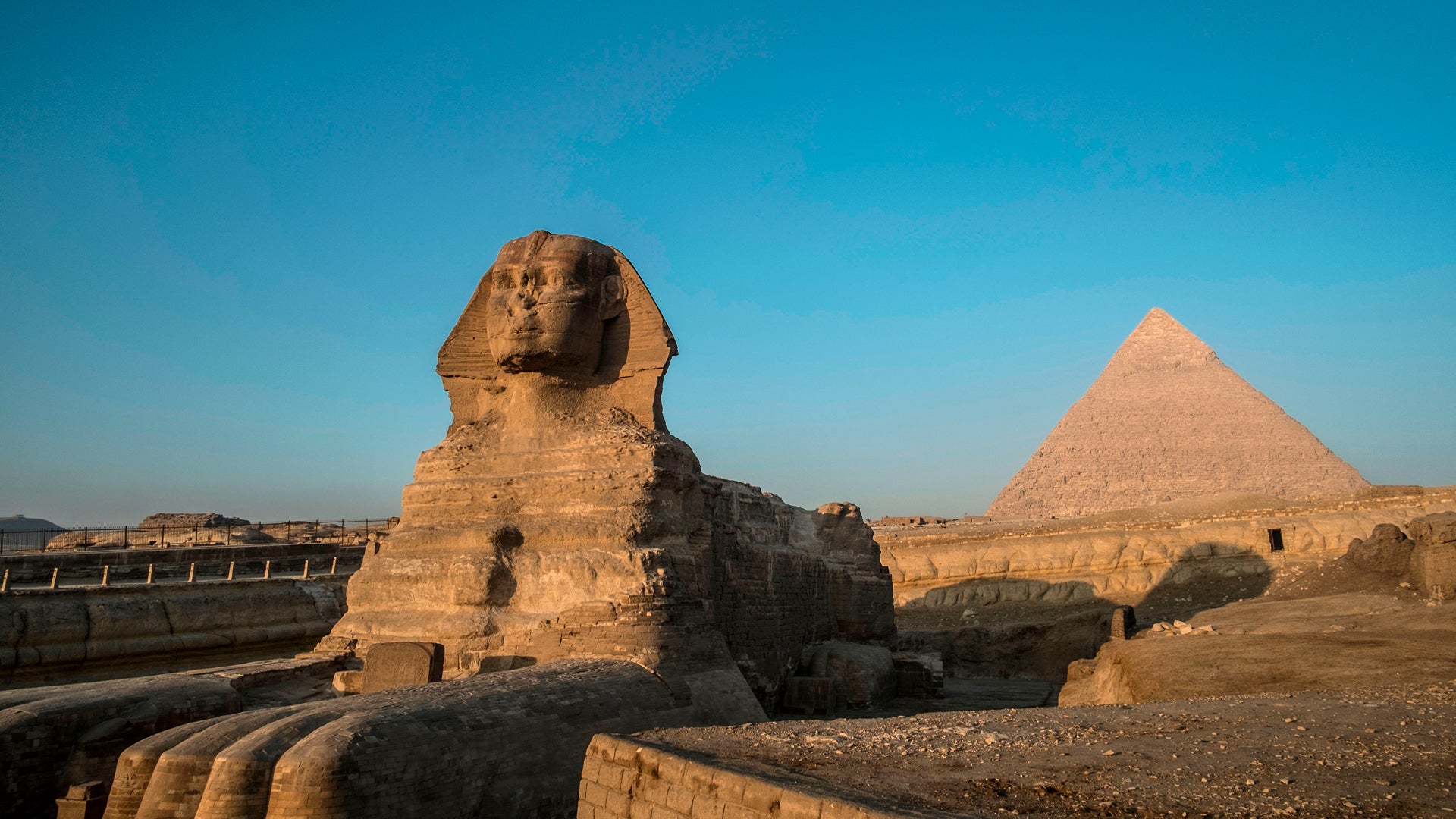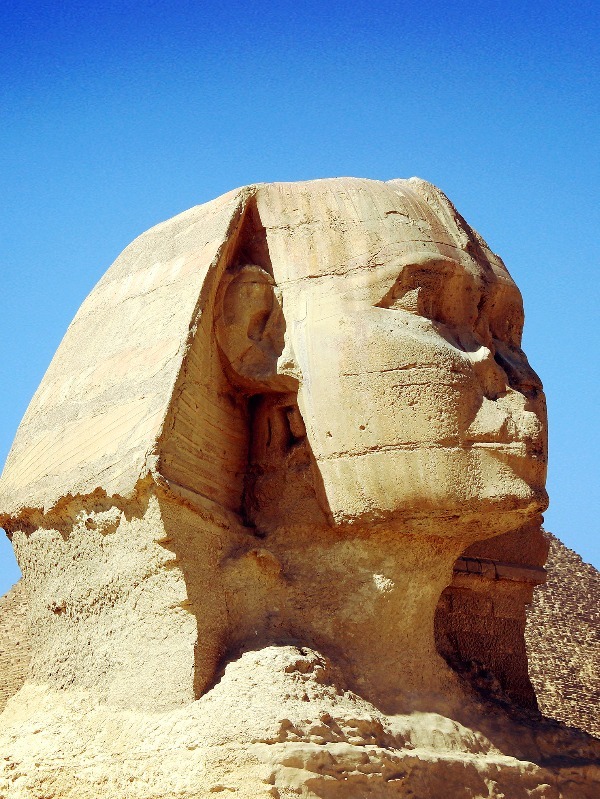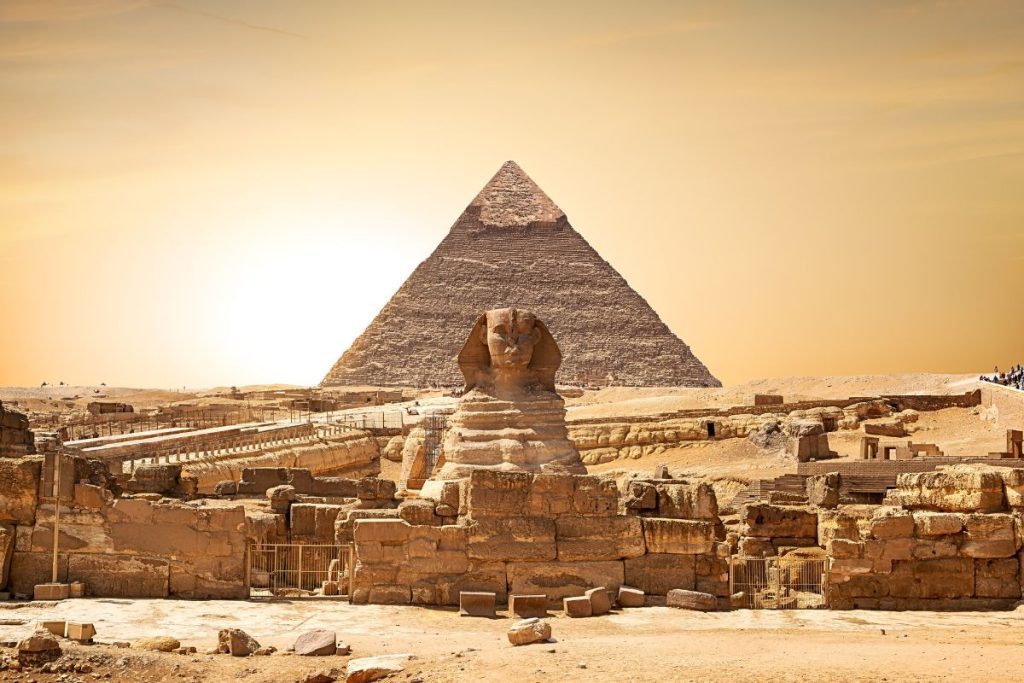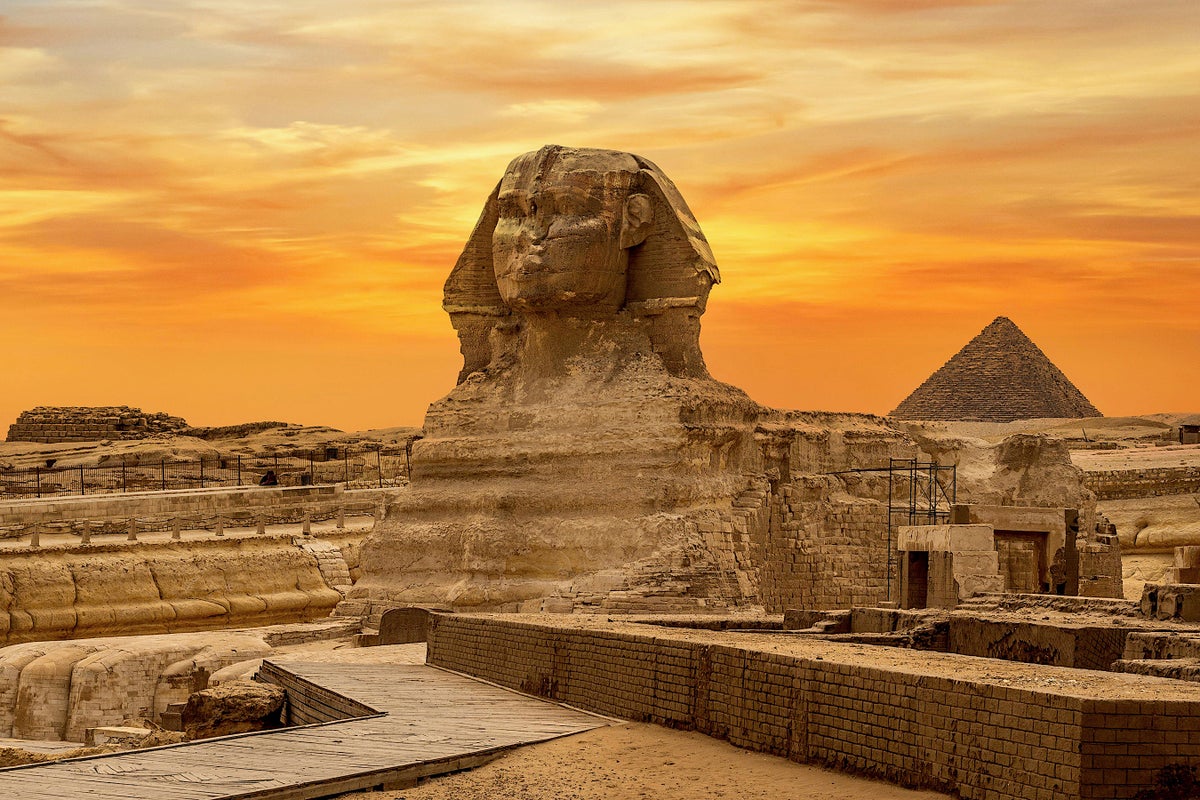The sphinx is indeed a fascinating mythical creature found in various cultures throughout history. In Greek mythology, the sphinx was sent by the gods to punish the town of Thebes, posing a riddle to travelers and devouring those who could not answer correctly. This legend gave rise to the famous riddle of the Sphinx.
Interestingly, the sphinx is also a prominent figure in other civilizations. For example, in ancient Egypt, the Great Sphinx of Giza is an iconic symbol, believed to represent the pharaoh Khafre with the body of a lion and the head of a human. The Arabs referred to this imposing monument as Abu al-Hawl, meaning Father of Terror, which reflects its imposing and awe-inspiring presence.
The enduring presence of the sphinx in various cultures highlights its significance as a symbol of mystery, power, and divine knowledge, transcending geographical and historical boundaries.

Who Built the World’s Most Famous Sphinx in Egypt?
The word “sphinx” indeed originates from the Greek term meaning “to bind” or “to squeeze,” although its connection to the legendary creature’s characteristics is not entirely clear. The most renowned and ancient sphinx in the world stands proudly in Egypt, adjacent to the Great Pyramid of Giza. This colossal monument, measuring 73 meters (240 ft) in length and 20 meters (65.6 ft) in height, was meticulously carved from a single block of the region’s natural limestone, facing towards the Sun. According to conventional archaeology, the Sphinx of Giza dates back to approximately 2500 BC.

One of the primary inquiries puzzling archaeologists is the identity of the individuals responsible for constructing this iconic Sphinx in Egypt and the purpose behind its creation. While mainstream archaeology asserts that the Sphinx was built under the reign of Pharaoh Khafre and intended as a representation of the sun god Ra, this remains a hypothesis, as there are no inscriptions on walls or papyri directly linking Khafre to the Sphinx. Some alternative interpretations, such as Robert Temple’s suggestion in “Sphinx Mystery,” propose that ancient Egyptian texts refer to the Sphinx as the giant Anubis at Giza. Nonetheless, as Egyptologist James Allen notes, “we have no solid evidence for what its builders thought the Sphinx was,” leaving room for ongoing debate and exploration into the mysteries surrounding this enigmatic monument.
The Sphinx of Giza has sparked numerous far-out theories, challenging conventional understandings of its origins and purpose. One such theory stems from Dr. Robert Schoch’s examination of the weathering patterns on the Sphinx, suggesting that they are indicative of heavy rainfall rather than wind erosion. This observation led to speculation that the Sphinx may be much older than previously thought, as heavy rains are believed to have ceased in the region long before 2500 BC.
However, skeptics point out the absence of similar weathering patterns on surrounding monuments, including the pyramids of Giza, raising questions about the validity of this theory. Another hypothesis proposed that the Sphinx is aligned with the constellation of Leo, dating back to approximately 10,000 BC, but mainstream archaeologists have refuted this claim.
Intriguingly, Edgar Cayce, a modern-day prophet, purported in 1932 that the Sphinx was constructed in 10,500 BC by the Atlanteans. Cayce further suggested the existence of a hidden chamber beneath the Sphinx called the Hall of Records, containing the secrets and wisdom of the Atlantean civilization. This notion of a secret chamber beneath the Sphinx has garnered interest from groups like the Rosicrucians, known for their esoteric knowledge.
Since Cayce’s prophecy, numerous endeavors have been made to uncover these hidden chambers, with modern instruments detecting cavities beneath the Giza Sphinx that could potentially be rooms. While these far-out theories remain subject to debate and skepticism, they continue to fuel curiosity and exploration, challenging us to reconsider our understanding of this ancient monument and its enigmatic history.

